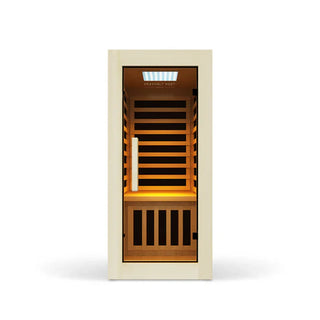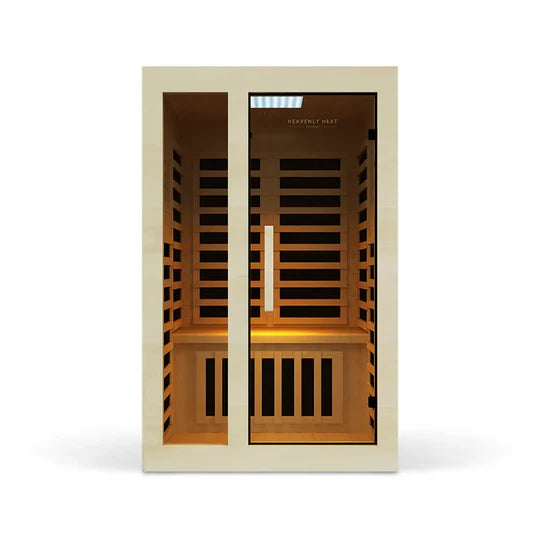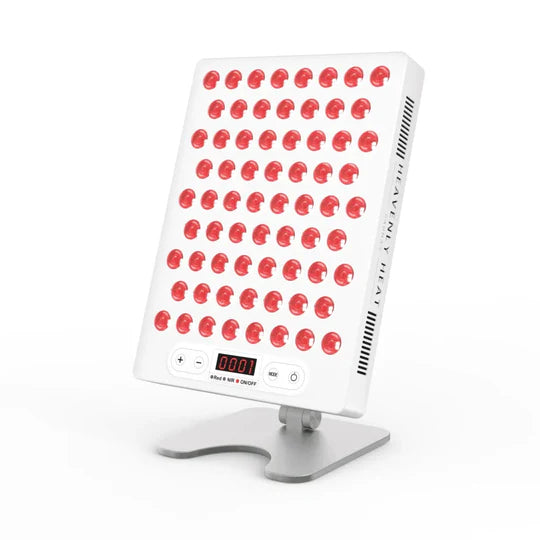How long does it take for red light therapy to work for back pain?

Red light therapy offers natural, non-invasive relief, helping with everything from inflammation to muscle recovery. But can it truly alleviate back pain? For the millions affected, back pain isn’t just discomfort—it’s a constant struggle.
In fact, nearly 65 million Americans report recent episodes, and around 16 million adults suffer from chronic pain that limits their daily lives. Discover how red light therapy may be the solution to reclaiming comfort and ease.
Is red light therapy good for back pain?
- Red light therapy really can help with back pain: Yes, red light therapy (RLT) can be good for back pain. Research shows that it may help reduce pain and improve movement for people with chronic back issues.
- One study showed real pain relief compared to fake treatment: For example, a study conducted in 2022 looked at how polarized light therapy affected patients with chronic non-specific low back pain. In this study, 42 participants were split into two groups. One group received actual red light therapy, while the other group got a fake treatment. The results showed that those who received the real therapy experienced significant reductions in pain and sensitivity at specific points in their back.
- Combining red light with heat helped people move better: Another study from 2014 investigated the effects of a specific type of red light therapy with a wavelength of 890 nanometers on chronic low back pain. Participants received this therapy combined with heat treatments over two weeks. They reported meaningful improvements in their ability to move and felt less afraid to engage in physical activities.
- Red light therapy can make people feel more confident moving again: This shows that red light therapy doesn’t just reduce pain, it can help people feel more confident doing physical activities again, which is often hard when you’re in pain.
- Experts have reviewed many studies and found good results: A systematic review of multiple studies has also found that red light therapy (as part of low-level laser therapy) helps reduce chronic back pain and improves how well people move.
- It’s a gentle treatment that doesn’t involve drugs: Red light therapy is non-invasive, meaning it doesn’t involve surgery or needles. It also has very low risk of side effects, making it a safe option alongside regular treatments like medicine or physical therapy.
Which Wavelengths Are Most Effective for Red Light Therapy in Treating Lower Back Pain?
- Red light therapy can start helping in just two weeks: Red light therapy can show results for back pain in approximately two weeks. This makes it a quick option for people looking for relief without long waiting times.
- 890-nm wavelength was used in a successful study: A study by Ru-Lan Hsieh and Wen-Chung Lee (2013) showed that using 890-nm red light therapy helped people with chronic low back pain. The treatment was done three times a week along with hot packs for two weeks.
- People felt less pain and more comfortable moving: After the treatment, participants said they had less disability and weren’t as afraid to move. This means red light therapy didn’t just reduce pain—it also made daily activities easier.
How long does it take for red light therapy to work for back pain?
- You don’t have to wait long to feel better: Red light therapy can bring noticeable relief from back pain within just a few weeks if used consistently. Many people report less pain after only a few sessions.
- Some people feel results in just two weeks: In a 2013 study by Ru-Lan Hsieh and Wen-Chung Lee, people with chronic low back pain felt a clear drop in pain and disability after only two weeks of using 890-nanometer red light therapy.
- Others see more improvement after four weeks: A 2022 study by Ghoufran Tukaram Shiryan and team found that after four weeks of polarized light therapy, people had less pain and could move better. The treatment helped ease muscle-related back pain effectively.
- It works fairly quickly if you stay consistent: These studies show that red light therapy doesn’t take long to help. Whether in two weeks or four, steady use can bring real relief from back pain for many people.
Conclusion
Red light therapy presents a valuable option for alleviating back pain, leveraging its therapeutic effects to promote healing and reduce discomfort.
By integrating regular sessions into your wellness routine, you can enhance pain management and improve mobility, making it a beneficial addition to your back pain relief strategies.













































